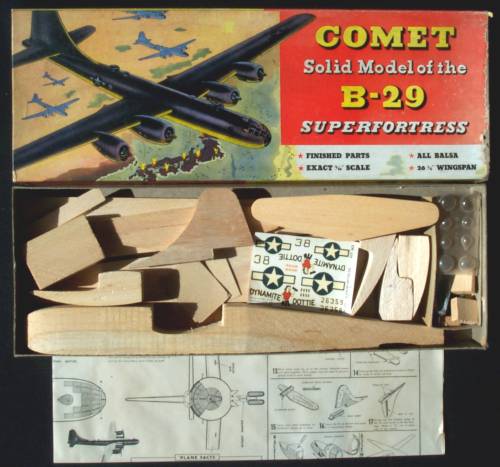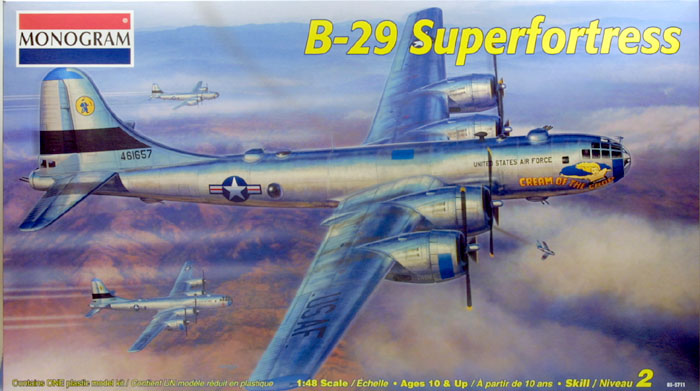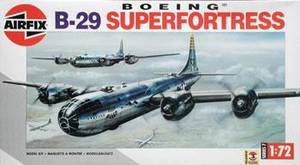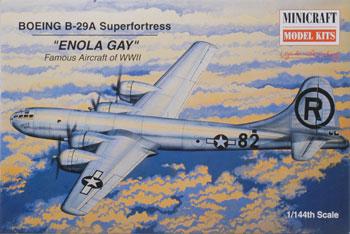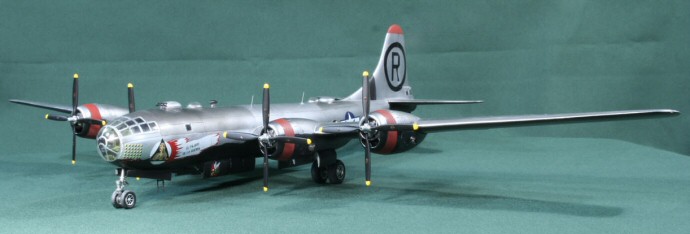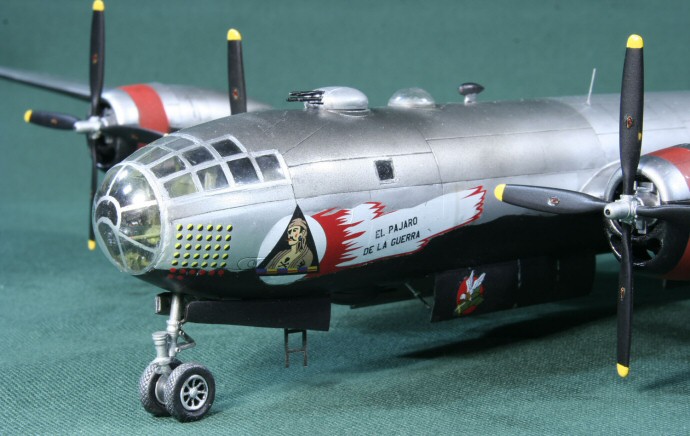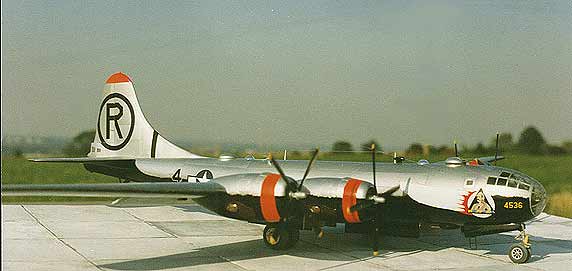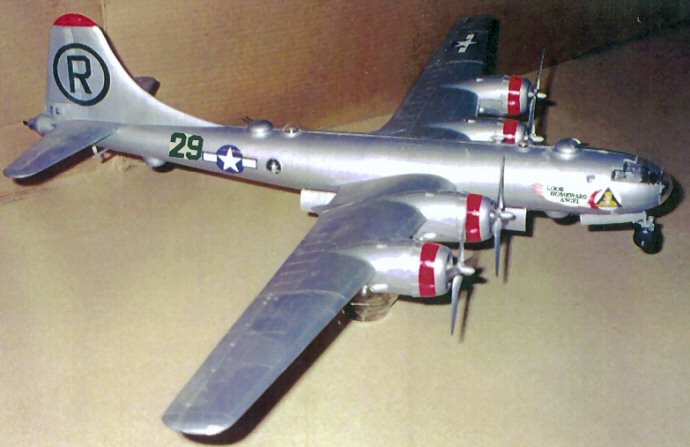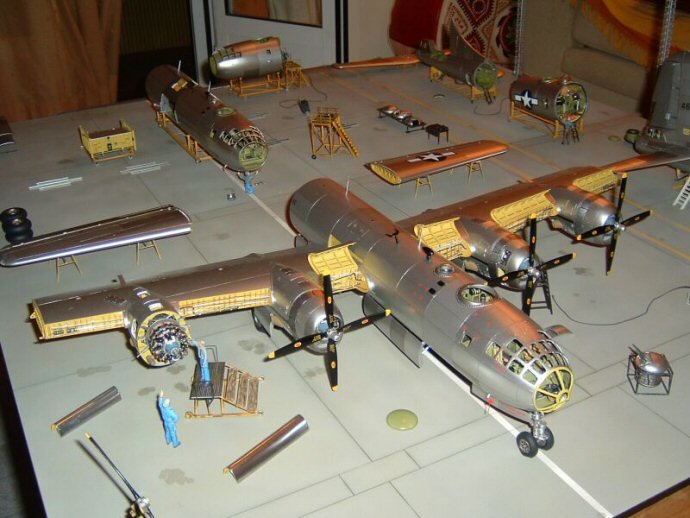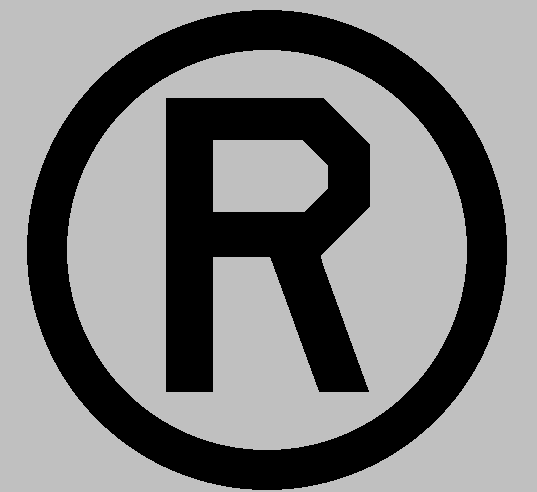
The 6th Bomb Group
B-29 Models
Wood Models
Before there were plastic models, there were wood models of B-29s. Many who flew B-29s built balsa wood aircraft models in the 1930s and 1940s. Starting in 1944, American companies offered wood models of B-29s. These included:
In a 1946 Testor's Contest, Charles Bleitner (whose father had served with the 475BS) received a $1,000 award for his model of a B-29. That was BIG money in those days. For more information on B-29 wood models, go to the CollectAir Museum. |
|---|
Plastic Models
|
There are plastic B-29 models in three different scales: 1:48 (1 inch = 4 foot); 1:72 (1 inch = 6 feet); and 1:144 (1 inch = 12 feet). There are several variations: the B-29, the B-29 Silverplate, and the B-29A. The 6th Bomb Group did not use the B-29 Silverplate. This was a B-29 modified for use by the atom bombers and has no guns. The B-29A was slightly different than the B-29. Due to a change in construction methods, it had a 1 foot larger wingspan and the number of machine guns in the forward dorsal turrets was doubled to 4. |
|---|
1:48 Scale Models
|
Monogram (now Revell/Monogram) made the only 1:48 scale model of the B-29.
|
|---|
|
Problems with Monogram Model:
|
1:72 Scale Models
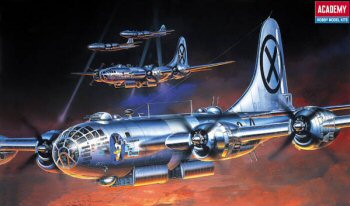 |
|
|---|---|
|
Academy made several versions of the B-29A:
|
Airfix made a model of a B-29-40BW:
|
1:144 Scale Models
|
Minicraft made several 1:144 scale B-29As:
|
|
|---|
Examples
Plane #4. "El Pajaro de la Guerra"
|
"El Pajaro de la Guerra" is one of the most popular planes for modelers because the Squadron/Signal B-29 book contains a color plate for this aircraft.
|
|---|
Plane #29. "Look Homeward Angel"
|
|
|---|
Boeing Assembly Line by Michel Lozares
|
|
|---|
Decals For Modelers
Here are some decals that may help B-29 modelers. These are latter versions of the markings. The pirate design and the "Circle R" were identical for all planes. However, the flames behind the pirate could vary. Many different fonts were used to write the name. Some planes did not have the flames (only a name) and some did not have the circle behind the pirate. |
|
|---|---|
|
|
